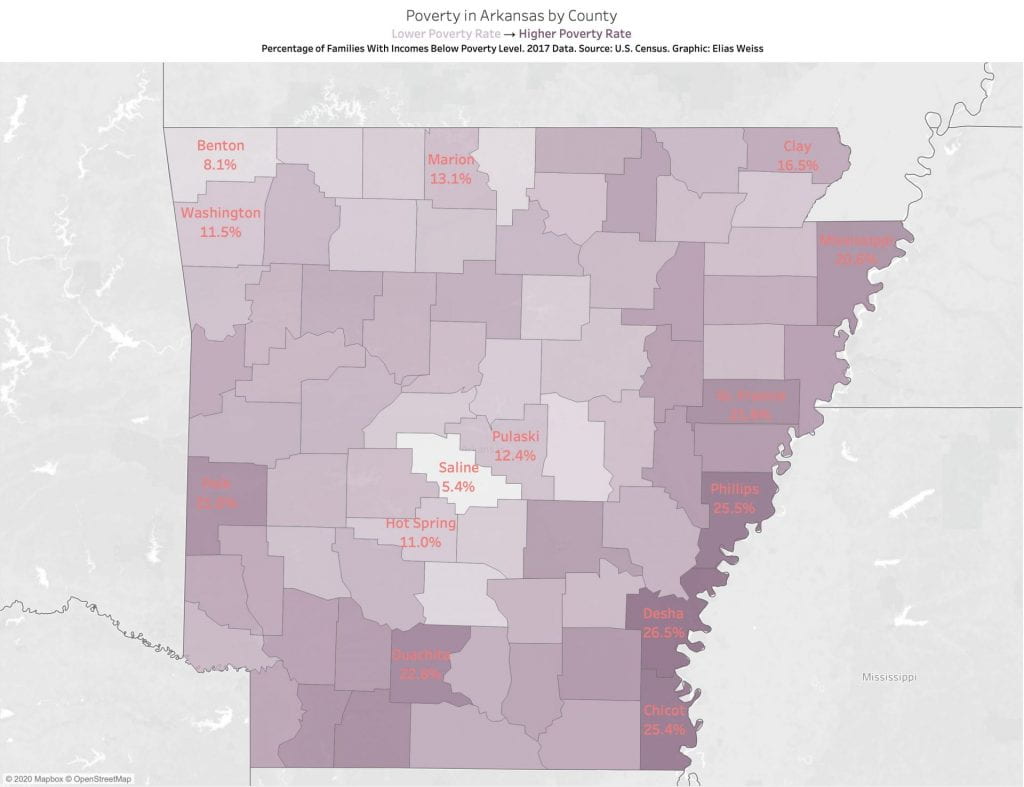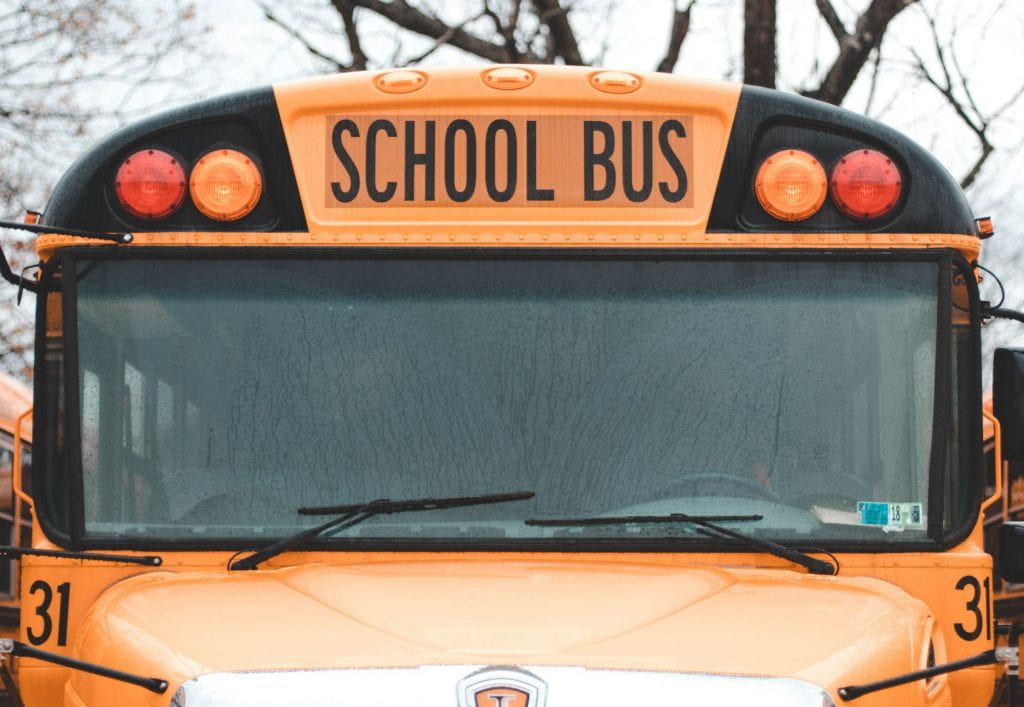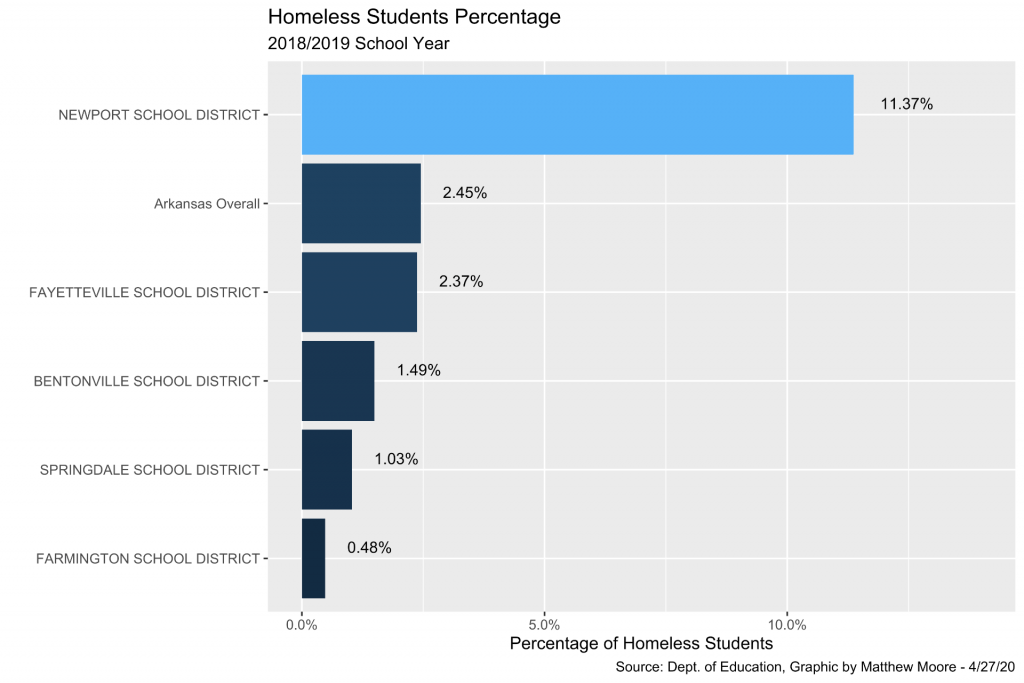In Small Schools, Bus Drivers
Are ‘First Responders’
For Homeless Students
By Matthew Moore
The Razorback Reporter
For small school districts in Arkansas, such as rural Newport, combating student homelessness is an all-hands-on-deck effort.
“Bus drivers can tell you who is homeless before anyone can,” said Ronnie Erwin, homeless coordinator for the Newport School District, some 100 miles northeast of Little Rock. More than 10% of the students in her district are experiencing homelessness, according to the state Department of Education.

“Bus drivers are our first responders,” Erwin said. Newport is perhaps best known as the place where Walmart founder Sam Walton got his start in the late 1940s. Today, Jackson County, where Newport resides, is the 11th poorest county in Arkansas, according to data from the U.S. Census.
In Springdale in Northwest Arkansas, a larger and more vibrant city, school bus drivers are helping to address homeless students in other ways.
Traci Day, Route Coordinator for Springdale School District, said they are particularly sensitive if a student is being picked up or dropped off at a motel. In these cases, she will ask the bus driver to ensure there are no other students on the bus when they arrive at the location. Day is sensitive to a student’s housing challenges, and so she feels obligated to provide as much cover in these situations as she can for her students.
The Springdale School District gathers information about its homeless students on a registration form filled out by parents, where they describe if they have permanent housing, said Damon Donnell, Student Services Coordinator for the Springdale school district.
A school district’s transportation staff play another important role in helping homeless children. The 1987 McKinney-Vento Act aims to identify and help homeless school children, and one part of the law ensures that school districts will provide transportation for students experiencing homelessness, regardless of where they may be living at any point in the school year. If a student’s school of origin is in Springdale, for example, but the student somehow moves to a neighboring town, Springdale works in tandem with the student’s new district to provide transportation for that student.

For some school staff, working with the homeless students is deeply personal. Erwin’s mother passed away from cancer when she was just seven. She recalls a season of life after that where her father traveled for work, which often left her spending weeks at a time living with friends and other family members. Her living situation, with no fixed address, would have classified her as homeless under today’s federal regulations.
Although Erwin has the title of Newport’s homeless coordinator, she is facing an uphill battle. She does not have the luxury of focusing all of her attention solely on the homeless population in her school district. Erwin’s full title is “Career Technical Educator/Perkins/Gifted and Talented/AP/Homeless/Migrant Coordinator.” She loves interacting with so many different pockets of students but acknowledges her limitations in her myriad roles.
Despite all of this, Erwin likes her odds. She sees the potential in her students, and even occasionally finds herself covering their activity fees out of pocket to ensure they don’t feel left out or stigmatized by their living arrangement. Perhaps one day when she finds herself ready for retirement, she’ll be replaced by another formerly homeless student.
